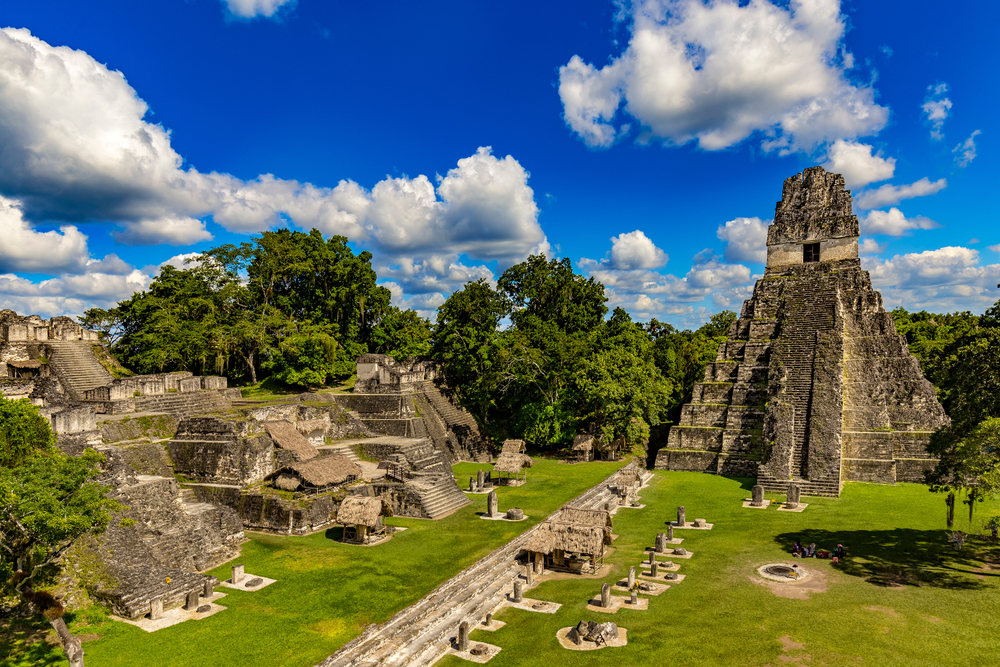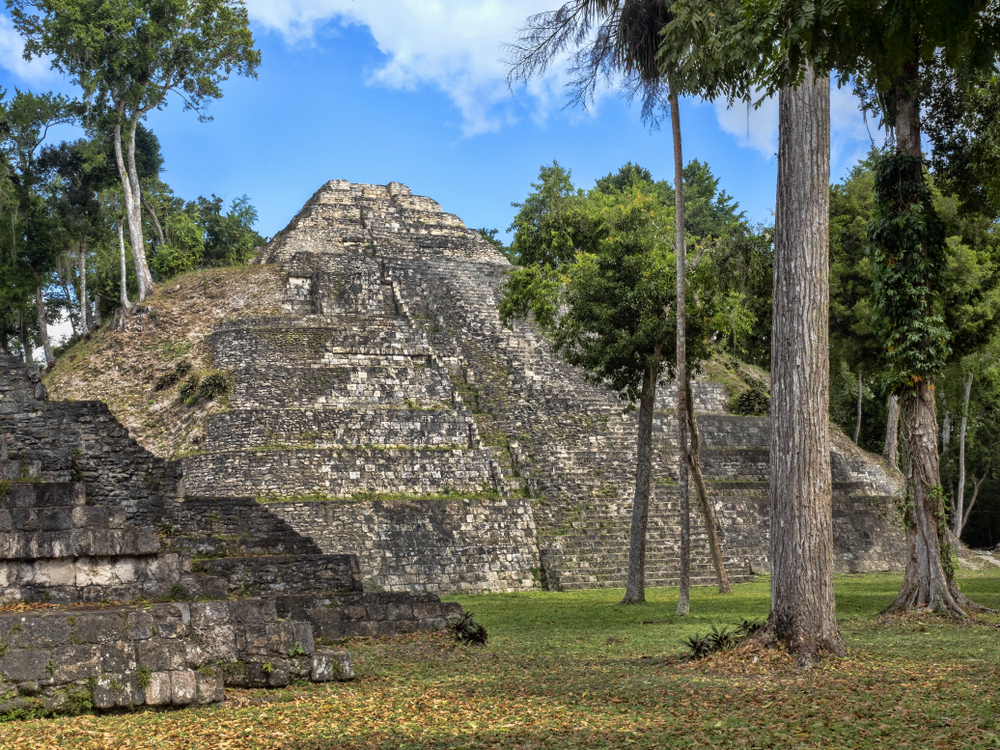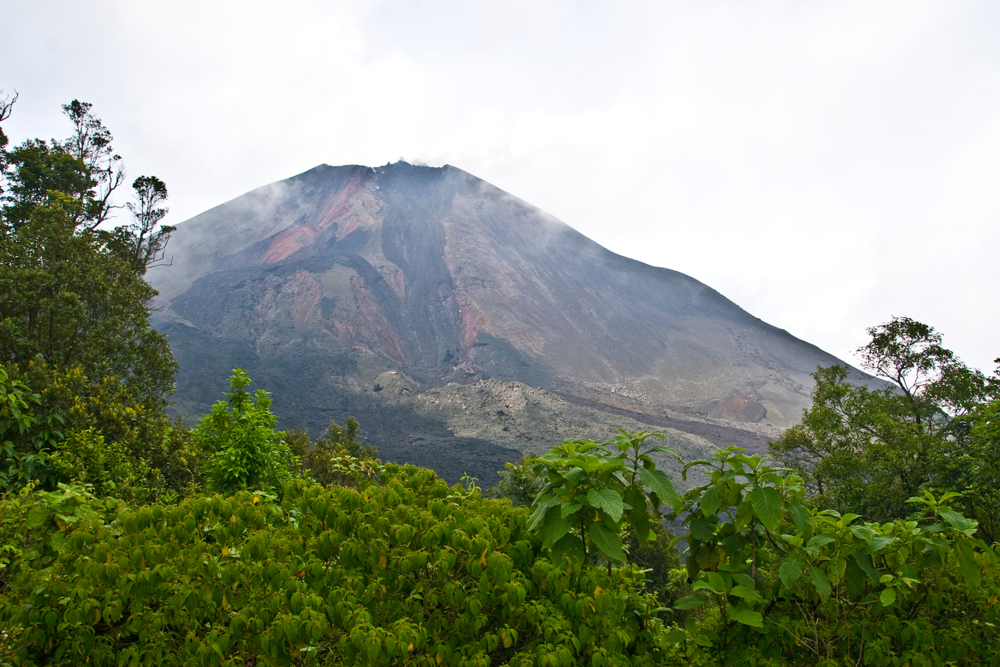Sipacate-Naranjo Overview
Sipacate-Naranjo National Park, known locally as Parque Nacional Sipacate-Naranjo, is a coastal protected area located on Guatemala’s Pacific coastline in the department of Escuintla.
Covering approximately 31 square miles (80 square kilometers), this park is an important conservation area that protects mangrove forests, coastal lagoons, and sandy beaches, providing vital habitat for a wide range of wildlife, particularly marine and bird species.
It is part of the larger Monterrico-Hawaii Biotope, which collectively plays a significant role in Guatemala’s coastal ecosystem and biodiversity conservation.
The park’s landscape is characterized by a combination of mangrove forests, estuaries, barrier beaches, and coastal dunes. The mangrove forests, consisting primarily of red, white, and black mangroves, are crucial for maintaining the health of the region’s coastal environment by preventing erosion and serving as a nursery for marine life.
The estuaries and lagoons are interconnected by narrow water channels, making them a perfect habitat for a variety of aquatic species. The sandy beaches, stretching along the Pacific, are especially significant as they serve as critical nesting sites for endangered sea turtles, including the olive ridley and leatherback turtles.
The park is home to a diverse range of wildlife, including crocodiles, iguanas, and various fish species that thrive in its brackish waters. Mammals such as raccoons, coatis, and armadillos can be spotted within the park’s forests.
However, Sipacate-Naranjo is particularly renowned for its birdlife. It provides shelter for numerous resident and migratory bird species, making it a paradise for birdwatchers. Among the most notable birds found here are roseate spoonbills, great egrets, white ibises, black-necked stilts, and pelicans. The park’s lagoons and estuaries also attract seasonal visitors such as ospreys and other birds of prey, which come to hunt fish in the shallow waters.
One of the park’s most popular features is its beaches, which serve as an essential nesting ground for sea turtles. Conservation programs within the park work to protect turtle nests and ensure hatchlings have a better chance of survival upon reaching the ocean.
Visitors can participate in turtle release programs, an experience that allows them to see young turtles make their way into the Pacific for the first time. The park is also known for its mangrove boat tours, which offer an intimate look at the rich biodiversity of the estuarine ecosystem while gliding through narrow waterways surrounded by dense mangrove trees. Kayaking and fishing are other popular activities that allow visitors to enjoy the beauty of the park while engaging in sustainable tourism.
Despite its ecological significance, Sipacate-Naranjo National Park faces challenges related to habitat destruction, pollution, and illegal fishing activities. Coastal development, deforestation of mangrove forests, and the impacts of climate change pose serious threats to the park’s delicate ecosystem.
Conservation efforts led by local and international organizations focus on habitat restoration, sustainable tourism, and environmental education to mitigate these threats. The park has seen some success in protecting its sea turtle populations through conservation programs that engage local communities in nest monitoring and hatchling releases.
Additionally, reforestation projects have helped restore some of the degraded mangrove areas, ensuring they continue to support marine life and prevent coastal erosion.













































































